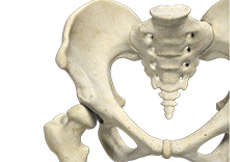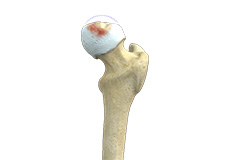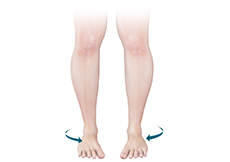Pediatrics

Developmental Dysplasia
Developmental dysplasia of the hip (DDH) or Hip dysplasia is a condition, which is seen in infants and young children because of developmental problems in the hip joint. The femur (thighbone) partially or completely slips out of the hip socket causing dislocation at the hip joint. It is most common in the first-born baby with a family history of the disorder.

Legg-Calve-Perthes-Disease
Legg-Calve-Perthes Disease (LCPD) or Perthes disease is a disorder of the hip that affects children, usually between the ages of 4 and 10. It usually involves one hip, although it can occur on both sides in some children. It occurs more commonly in boys than girls.

Shin Splints
Shin splints or medial tibial stress syndrome (MTSS) is pain around the tibia or shinbone due to inflammation of the tendons, muscles, and bone tissue. It occurs because of vigorous physical activity, such as with exercise or sports.

Osgood Schlatter Disease
Osgood-Schlatter disease refers to a condition of an overuse injury that occurs in the knee region of growing children and adolescents. This is caused by inflammation of the tendon located below the kneecap (patellar tendon). Children and adolescents who participate in sports, such as soccer, gymnastics, basketball, and distance running are at higher risk of this disease.

Limb Deformities
Limb deformities can be congenital (present at birth) or develop at a later stage because of fracture, infection, arthritis, or tumor. Congenital deformities of the lower limbs are developmental disorders that cause alterations in the shape and appearance of the legs. Several factors including genetics influence the fetal growth in the womb, and exposure to teratogenic drugs and chemicals can increase the risk of congenital deformities.

